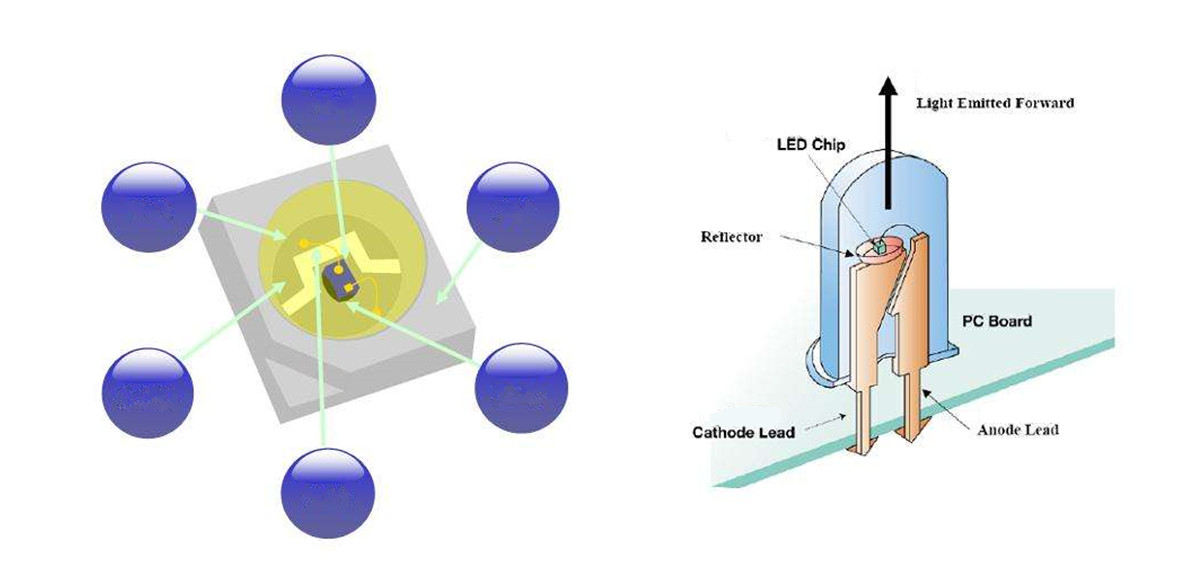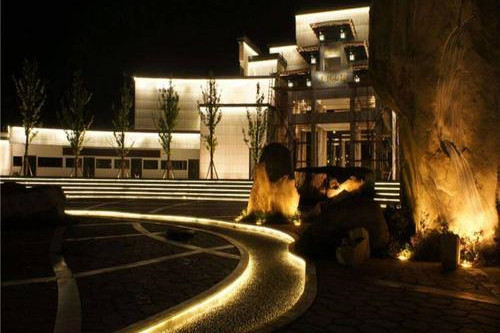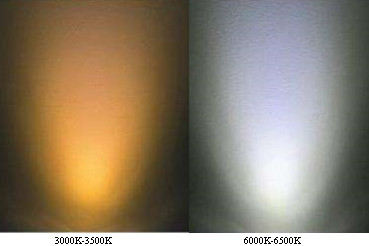
In 1907 Henry Joseph Round observed electroluminescence for the first time in a piece of silicon carbide. Because the yellow light it emits is too dark, it is not suitable for practical applications.
The more difficult thing is that silicon carbide does not adapt well to electroluminescence, and the research is abandoned.
In the late 1920s, BernhardGudden and Robert Wichard used yellow phosphors extracted from zinc sulfide and copper in Germany to emit light. Stopped again because the light was dim.
In 1936, George Destiau published a report on the emission of zinc sulfide powder. With the application of current and wide recognition, the term "electroluminescence" finally appeared.
In the 1950s, British scientists invented the first LED with modern significance using semiconductor gallium arsenide in electroluminescence experiments, and it was introduced in the 1960s.
It is said that in the early test, the LED needs to be placed in liquefied nitrogen, and further operations and breakthroughs are needed to work efficiently at room temperature.
The first commercial LED can only emit invisible infrared light, but it is quickly used in the field of sensing and optoelectronics.
In the late 1960s, the first visible red LED was invented using phosphide on a gallium arsenide substrate. The change in gallium phosphide makes LEDs more efficient, emits brighter red light, and even produces orange light.
By the mid-1970s, gallium phosphide was used as a light-emitting light source, and then it emitted grayish green light.
The LED uses a double-layer gallium phosphide chip (one red and the other green) to emit yellow light. It was at this time that Russian scientists used emery to make LEDs that emit yellow light.
Although it is not as efficient as European LEDs. But in the late 1970s, it could emit pure green light.
The use of gallium arsenide aluminum phosphide in the early to mid-1980s led to the birth of the first generation of high-brightness LEDs, first red, then yellow, and finally green.
By the early 1990s, indium aluminum gallium phosphide was used to produce orange, orange, yellow and green LEDs.
The first historic blue LED also appeared in the early 1990s, once again using the diamond-early semiconductor light source as an obstacle.
According to today's technical standards, it has the same dim light source as the previous yellow LED in Russia.
In the mid-1990s, ultra-bright gallium nitride LEDs appeared, and then indium and gallium-nitride LEDs that produced high-intensity green light and blue light were produced.
The super-bright blue core chip is the core of the white light LED.
Fluorescent phosphor is smeared on this luminescent core chip, and then the fluorescent phosphor is converted into white light by absorbing the blue light source from the core chip.
It is this technology that produces light of any visible color.
In the contemporary LED market, you can see the novel colors produced, such as light green and pink.
Readers with scientific ideas may now realize that the development of LED has gone through a long and tortuous historical process.
In fact, recently developed LEDs can emit not only pure ultraviolet light but also true "black" ultraviolet light.
It is not known how far LED development history can go. Perhaps one day, an LED capable of emitting X-rays can be developed.
However, the development of LED is not just its color and its brightness, like the computer, the development of observing Moore's Law. Its brightness doubles every 18 months.
Early LEDs can only be used for indicator lights, early calculator displays, and digital watches. At present, LED can already illuminate our homes, offices and even streets.
Let's see how the LED went into thousands of households
① In 1962, the joint laboratory of GE, Monsanto, and IBM developed a red light-emitting gallium arsenide (GaAsP) semiconductor compound.
Since then, visible light-emitting diodes have entered the commercial development process.
② In 1965, the world's first commercial light-emitting diode was born. It is an LED made of germanium that can emit infrared light. The unit price at that time was about $45.
Shortly thereafter, Monsanto and Hewlett-Packard launched commercial red LEDs made of GaAsP materials.
The efficiency of this LED is about 0.1 lumens per watt, which is more than 100 times lower than the 15 lumens per watt of a typical 60 to 100 watt incandescent lamp.
③In 1968, breakthroughs were made in the research and development of LEDs.
The nitrogen doping process enabled the efficiency of GaAsP devices to reach 1 lumen/watt, and was able to emit red, orange, and yellow light.
④In 1971, the industry introduced GaP green chip LEDs with the same efficiency.
⑤ By the 1970s, due to the large number of applications of LED devices in homes and office equipment, the price of LEDs plummeted.
In fact, LED's main market in that era was the application of digital and text display technology.
⑥ A major technological breakthrough in the early 1980s was the development of AlGaAsLED, which can emit red light with a luminous efficiency of 10 lumens per watt.
This technological advancement has enabled LEDs to be used in outdoor information release and automotive high-level brake light (CHMSL) equipment.
⑦In 1990, the industry developed AlInGaP technology that can provide the performance of the best red device, which is 10 times higher than the standard GaAsP device performance at that time.
⑧Today, the most efficient LED is made of AlInGaP material with a transparent substrate.
Between 1991 and 2001, further developments in material technology, chip size, and form factor increased the luminous flux of commercial LEDs by nearly 30 times.
⑨In 1994, Japanese scientist Shuji Nakamura developed the first blue light-emitting diode on a GaN substrate, which triggered a craze for GaN-based LED research and development.
⑩In the late 1990s, LEDs that produced YAG phosphors by blue light to produce white light were developed, but the color was uneven, the service life was short, and the price was high.
With the continuous advancement of technology, the development of white LEDs has been quite rapid in recent years.
The luminous efficiency of white LEDs has reached 38lm/W, and laboratory research results can reach 70lm/W, which greatly exceeds incandescent lamps and approaches fluorescent lamps.
That’s all LED history. At present, LED make people life amazing!
You would see that in according to our LED lighting products. sales@elidon.cn
FAQ (Frequently ……[More Info]





